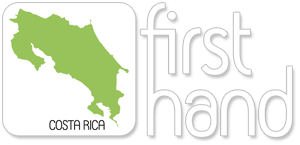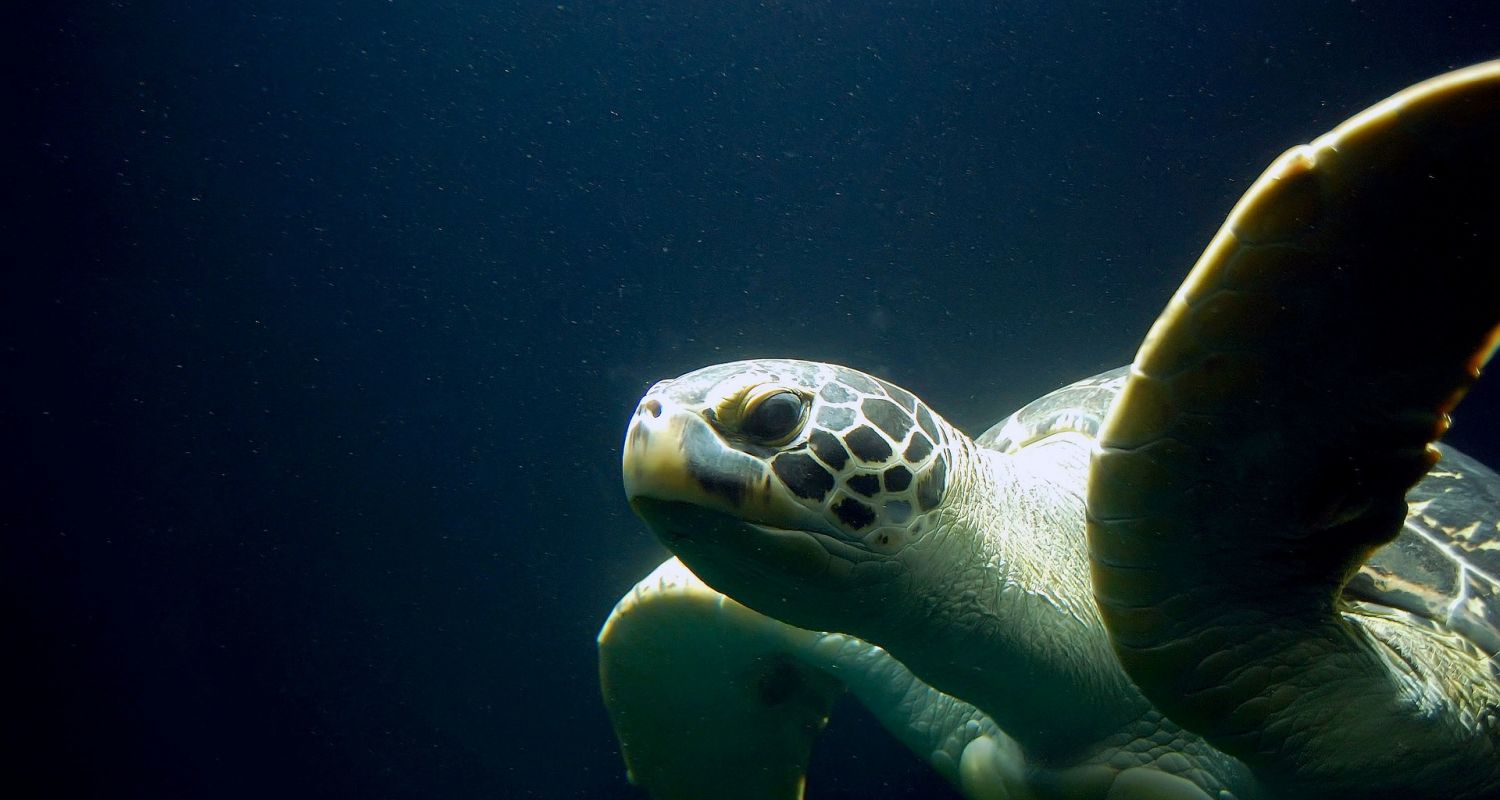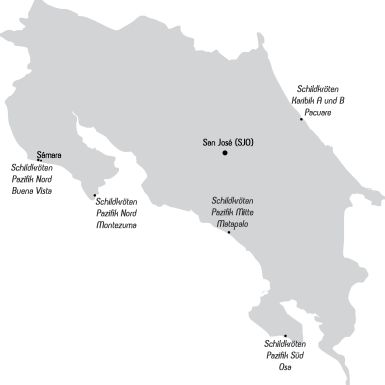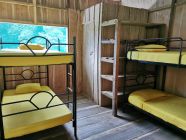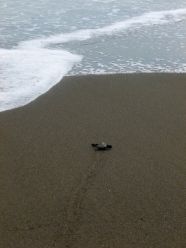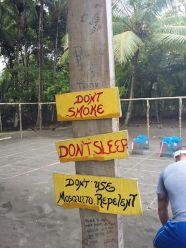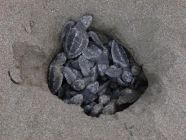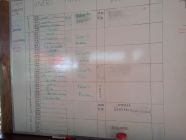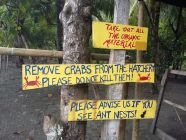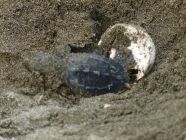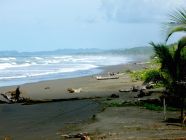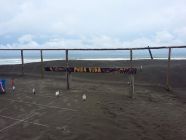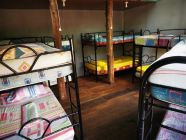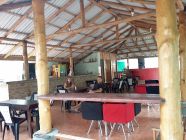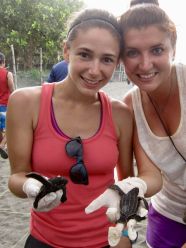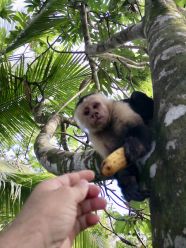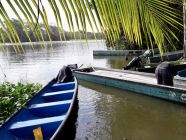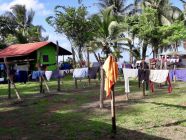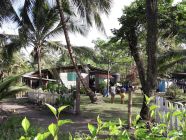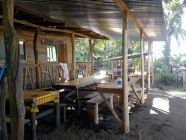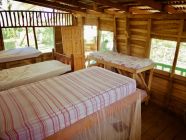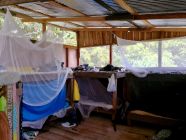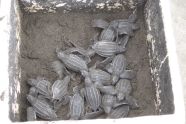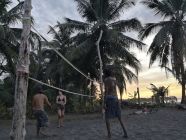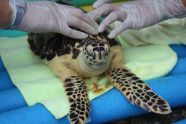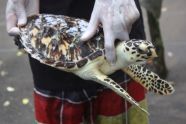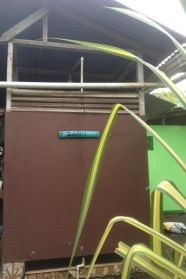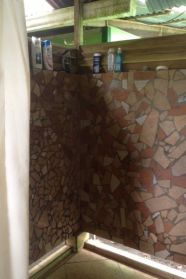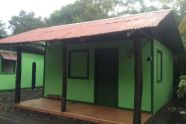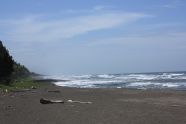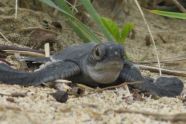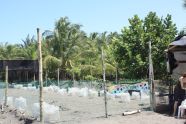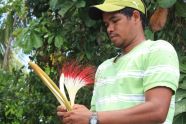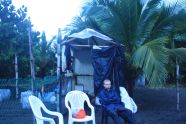Turtle Camps
On breathtaking beaches you and other volunteers protect the marine turtles that are in danger of extinction.
Volunteers play a crucial role in conservation efforts!
During this time you will live directly in the camps under very basic conditions, sometimes without water and electricity. Your food - breakfast, lunch, dinner - will be prepared in the camp and consists of the typical costarican cuisine: rice, beans, vegetables, meat and fruit.
Project Videos
Your work includes
- between 4-6 hours every day
- patrol walks on the beach, mainly at night, to find turtles and their nests
- collecting data of the turtles and protect the eggs in safe breeding grounds (viveros)
- liberate new born turtle babies; nest exhumations
- clean and mark the beaches
- build new breeding grounds and maybe help builing up new camps
If you register here and start the project, we will plant a tree for you!
Things to bring
- love for nature and fun with outdoor-living
- being prepared for sometimes physically demanding work and work at unusual hours as most of the turtle nesting occurs at night
- sleeping bag, repellent, mosquito net, flashlight, batteries, rain protection (May - November), sun protection, hat or cap
Camps
Pazifik Mitte – Mata Palo
This project is located south of Quepos on a 10 km long beach with dark sand. It is located relatively close to a small village with some infrastructure compared to the other projects: a small supermarket, a small restaurant and a surf school right next to the camp.
Moreover, in this project you can also work with sloths in parallel - the working hours for the sloths and turtles will be determined on site according to the actual needs of the project. See sloths and turtles.
Click here for the price list
| Jun | Jul | Aug | Sep | Oct | Nov | Dec | Jan | Feb | |
| oviposition | o | + | + | +++ | ++ | + | o | - | - |
| babies | - | - | o | ++ | +++ | ++ | + | + | o |
Erfahrungsberichte Mata Palo - Klick hier!
Central Pazific - Playa Hermosa
This National Wildlife Refuge has 6 kilometers of beach, and is located in the Central Pacific of Costa Rica, south of Jaco and north of Manuel Antonio Beach. The camp is facing the sea, with mixed rooms with shared bathrooms, where the 3 meals and training are offered. The camp has several common areas, and relaxation and at the same time some of the best views of a surf beach. There is electricity in the area, and mobile phone reception. There are no ATMs - so, you should bring enough cash from home or San José.
Click here for the price list
| Jul | Aug | Sep | Oct | Nov | Dec | |
| oviposition | o | + | +++ | ++ | + | o |
| babies | - | o | ++ | +++ | ++ | + |
Karibik A
The Caribbean A project is an ambitious, small, family project that especially seeks cooperation with the people in the small villages.
The leader of this project now offers another activity where you live and are fed in the same camp of the turtle project:
Wildlife observation in their natural habitat.
For this purpose there are camera traps and binoculars to observe monkeys, sloths, snakes, crocodiles, butterflies and many other animals in this natural reserve.
Your tasks
- Construction of observation platforms
- Sectorization of the forest
- Studying the cognitive abilities of monkeys
- Observation of mammals, reptiles and birds in the forest and along the river
- Set up camera traps and evaluate video observations
- Maintaining tree nursery and reforestation work
- Plastic recycling
- Beach cleanups
This opportunity is available beginning in August/September (the end of the green turtle season) and continues through January.
This camp is not accessible by land - you will take a wonderful boat ride through the mangroves and you will need to budget about US$40 for this. In this camp first the leatherback turtles and later the green turtles will arrive and afterwards you can join the wildlife observation.
Click here for the price list
| Feb | Mar | Apr | Mai | Jun | Jul | Aug | Sep | Oct | Nov | Dec | Jan | |
| oviposition | o | + | ++ | ++ | o/o | + | ++ | ++ | o | - | o | |
| babies | - | o | + | +++ | ++/- | o | + | +++ | ++ | + | + | |
| wildlife viewing | + | + | + | + | + | + |
Erfahrungsberichte Karibik A - Klick hier!
Karibik B
The Caribbean B project is again a bigger organization - very close to project A - with 'better' because more professional facilities for the volunteers: sleeping places, sanitary facilities, kitchen etc.. This project usually has higher prices and offers a special price for our volunteers.
Also this projects can only be reached by a dreamlike boat trip through the mangroves, for which you have to pay about 40 US$. Both projects are open from mid-February to November. Until June is the time of the big leatherback turtles (baula) and after that is the time of the green turtles (verde).
Arrival to the project on Monday. Departure from the project only possible on Thursday or on Monday - please note if necessary because of return flight booking!
Click here for the price list
| Feb | Mar | Apr | Mai | Jun | Jul | Aug | Sep | Oct | Nov | |
| oviposition | o | + | ++ | ++ | o/o | + | ++ | ++ | o | - |
| babies | - | o | + | +++ | ++/- | o | + | +++ | ++ | + |
Erfahrungsberichte Karibik A - Klick hier!
